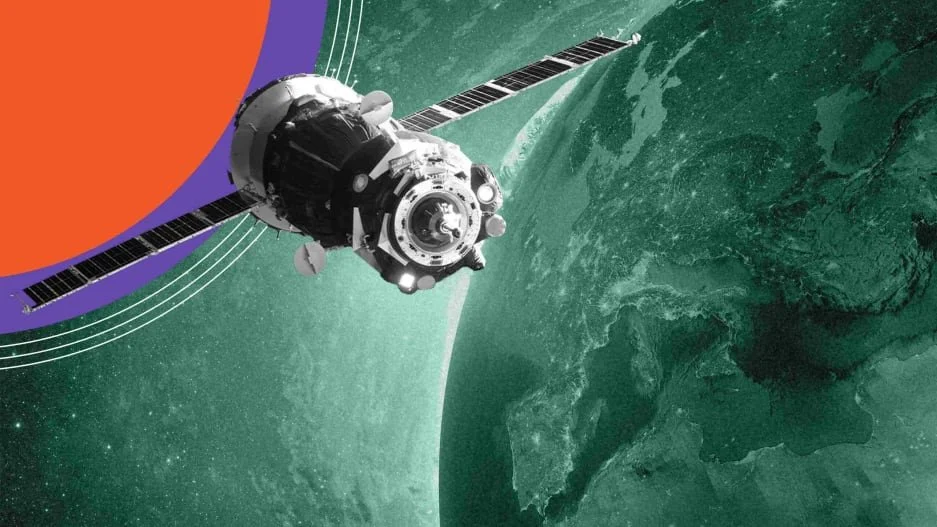Why Antaris CEO Thinks Satellites Should be More Like Commodity Servers
Many of us who have been around the tech industry for a while are familiar with how Michael Dell upended the entire personal computing industry from his college dorm room by driving radical efficiency and a much-needed overhaul to the PC supply chain. That fresh thinking quickly made its way into the multi-billion dollar compute server industry, paving the way for software providers like Red Hat to flatten the traditional heavyweights with open-source Linux.
Seemingly overnight, innovators like Dell and Red Hat blew up the decades-old enterprise computing model that had been historically dominated by a few behemoth players charging exorbitant prices with proprietary solutions and long lead times.
In hindsight, it sure seems like anyone could have seen this coming a mile away. This much-needed change ushered in an era of economical, efficient, reliable commodity servers that now form the foundation of the massive enterprise computing economy today—and, in turn, have fueled the rapid growth of the cloud and technologies like Kubernetes and AI/ML processing.
So why hasn’t the satellite ecosystem followed suit?
Satellites are the workhorses of space. On a daily basis, they help connect billions of people via audio, video, internet, and GPS services globally. Others beam back images of our planet that help fight climate change. Still others monitor border conflicts and provide military intelligence. Satellites are essentially sophisticated servers in space, and they need software and operating systems, too.
I think we’re finally at an inflection point where some very cold, hard economic realities are going to force the same revolution that occurred with the PC and server industries to take hold in the satellite industry. And I predict the leaderboard for satellite hardware and software is going to be radically different five years from now.
My co-founder, Karthik Govindhasamy, and I built Antaris to help accelerate this long-overdue evolution. For us, Antaris is like the disruptive Red Hat of two decades ago—but today we’re applying those principles to software for space. We took this leap now to take advantage of the increasing shift away from multi-billion dollar legacy GEO satellites to low-cost, low-Earth orbit satellites that leverage hardware technologies from the server, cell phone, and automotive industries to drive costs down.
Thousands of LEO satellites will launch into orbit in the coming years. Why should a satellite cost tens of millions of dollars and take two to three years to fly when it could be done for a fraction of that cost in just six months’ time? The industry has been doing it one way for so many decades, it has become a foregone conclusion that it can’t be done differently. In my opinion, even many of the so-called “New Space” players are not yet achieving anywhere near what is possible in terms of reductions in cost and time to orbit.
Billions of investment dollars have gone into the hardware and capital expense necessary for Old Space satellites and the dramatic rocket launches that dominate media headlines. Of course, rockets are important and we need them to get satellites into orbit. But we also need leadership, investment, and our best minds to tackle the inefficiencies and waste (and therefore the tremendous opportunities) that exist across the broad satellite economy today.
I think it’s all about to change, and the opportunity to drive efficiencies and democratize satellites, not just launch, is right in front of us.
Our Dell and Red Hat moment just might finally be here.
__


